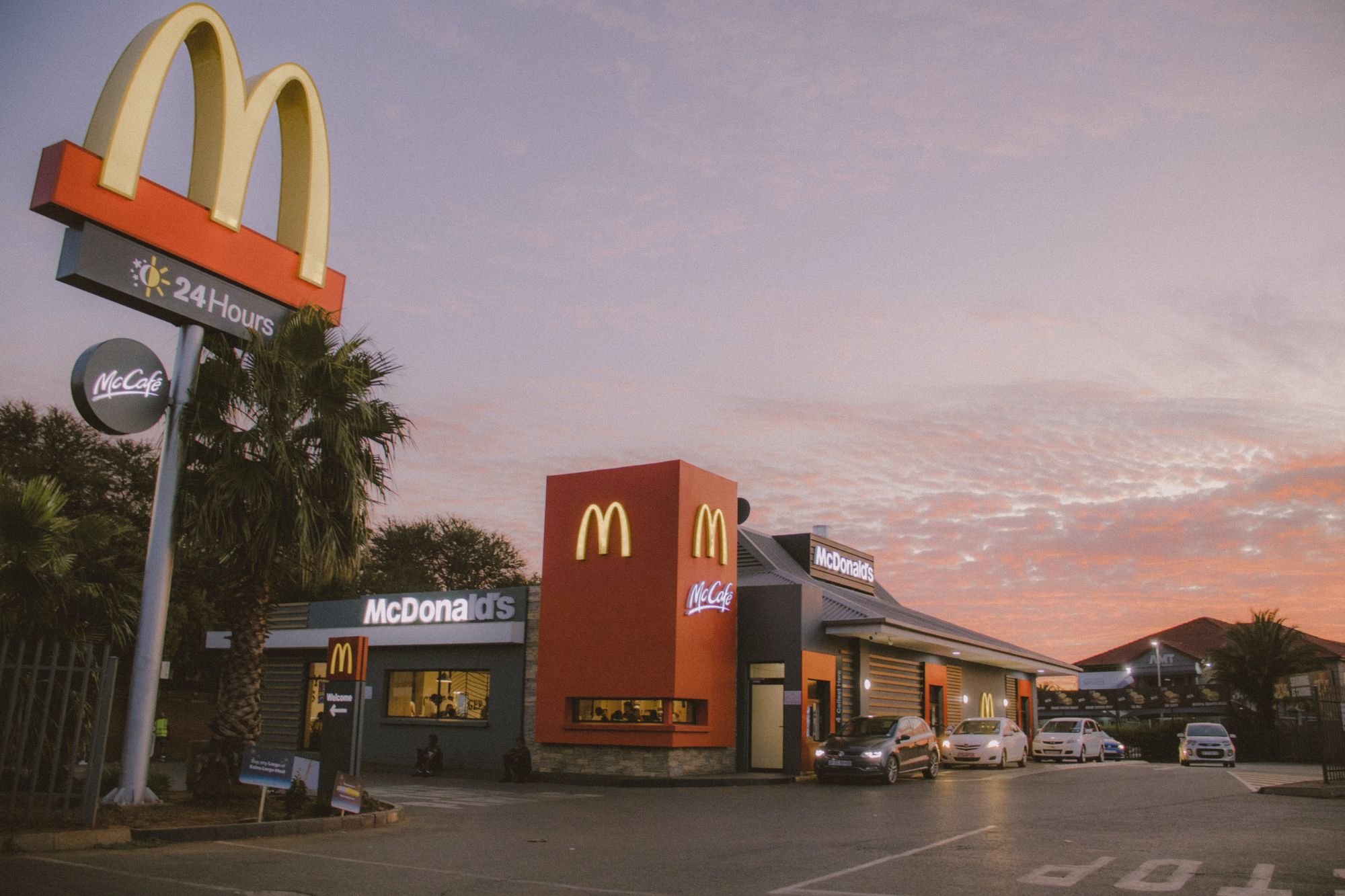'Founder': Is McDonald's Just a Hamburger Company?

In 1954, when the concept of fast food didn't exist, Ray Kroc went to a hamburger restaurant to sell multi-mixers that could make several milkshakes at a time. However, the owner of that restaurant rejected Kroc's proposal. As you can see, selling even one multi-mixer is not easy. But one day, an order for six mixers came to Kroc's company.
“It must be a mistake. Give me the phone number!”
- McDonald's Founder Ray Kroc
After confirming that the order was actually for eight mixers rather than six over the phone, Kroc drove straight to San Bernardino, California, to examine the restaurant's operations. When he arrived, the sign of the hamburger restaurant had the name 'McDonald's' written in bold on the sign, and the line was going out the door. However, much to Kroc's bemusement, he found himself at the front of the line within several minutes! Right after ordering, the staff immediately handed him a hamburger, a cup of coke, and fries. "What is this...?" Kroc looked like he had just stepped on a new planet. Despite receiving his food so quickly, Kroc was surprised at how good it tasted.
Then, he met brothers Mac and Dick McDonald, the owners who designed McDonald's' "speed system". McDonald's signature golden arches, which can be seen anywhere in the world, were also designed by the McDonald brothers at the time. Kroc, speechless when he saw their restaurant, was persistent and persuaded the McDonald brothers to sign a franchise business partnership contract, even though Kroc had to receive permission from the brothers when making all the decisions.
Kroc was confident of business success and wanted to expand McDonald's rapidly. Unlike Kroc, the McDonald brothers opposed his plans and implementations in every regard, using their favorable contract terms to turn down all of Kroc's proposals. However, despite these difficulties, Kroc continued to expand McDonald's by starting up franchisees on his own.
With fast-growing success, Ray Kroc was welcomed by crowds wherever he went and was known as a famous franchise businessman. However, McDonald's had a problem on its hands: capital erosion. Kroc proposed increasing franchisee royalties to increase liquidity, but the McDonald brothers rejected this proposal. Things went downhill, and Kroc faced the risk of losing his mortgaged house due to delinquency in interest. How was it possible for the manager of such a famous franchise to be in debt. And what spurred McDonald's' growth?

When he was visiting the bank for a business loan, Kroc stumbled upon a man named Harry Sonneborn, who worked as a treasurer. After visiting McDonald's and looking through financials, Sonneborn said:
"You don't seem to know what business you're in. McDonald's is a real estate business, not a hamburger business."
- - Harry Sonneborn, first CEO of McDonald's Inc.
Sonneborn proposed a real estate business model to Kroc: purchase the McDonald's site and lease it exclusively to franchisees. Kroc accepted this advice and established a franchise real estate corporation. This new entity gave Kroc control over the franchisees and secured the capital and liquidity required to expand McDonald's. Kroc eventually received a love call from investors and banks, which catapulted the growth of McDonald's.
With large amounts of capital, Kroc proposed a blank check to the McDonald brothers to buy all rights, including McDonald's brand trademarks. The McDonald brothers transferred all these rights to Kroc for $2.7 million. Areas and buildings with brand-name stores, such as McDonald's and Starbucks, increased real estate value. And with the additional liquidity and capital generated through the increase in the value of these assets, it was possible to expand the business continuously. This business model was what brought McDonald's to global success.
Now, everyone knows that famous franchise companies, such as Starbucks, which we can see everywhere, have not just expanded their stores worldwide by simply selling coffee and goods to increase sales. Startups that have strong market sense and business sense have the ability to become unicorns. In other words, a startup must provide quality products and services and distribute these offerings through an innovative business model that can encourage rapid growth. Therefore, I advise you to recheck your business model if your startup pitches are falling short in the eyes of investors. Furthermore, it is a good idea to interact with experts in various fields, including my field. You will find innovative business models that will give wings to your business, which will grow steadily. In the next part, we will talk about the value of a strong brand by examining McDonald's' story.
